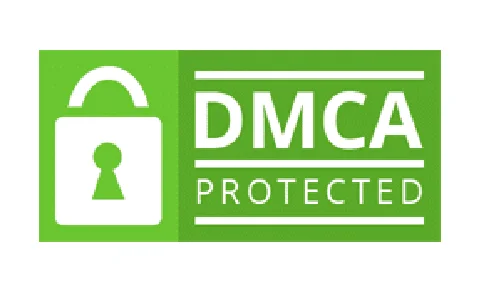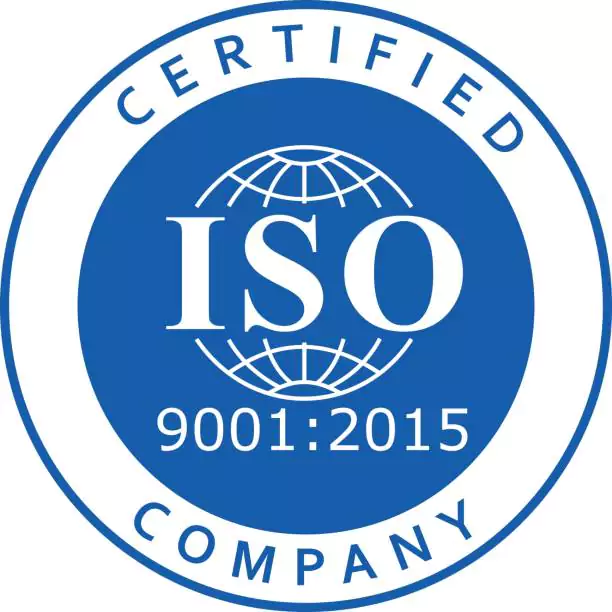Mild hybrid vehicle market is estimated to be valued at US$ 107.72 billion in 2024, exhibiting a CAGR of 16.4% over the forecast period 2024-2031. Mild hybrid vehicle sales are increasing across regions, owing to stringent emission regulations implemented by governments and growing consumer preference for fuel efficient vehicles. Furthermore, auto manufacturers are focusing on electrifying their light vehicle portfolio to meet upcoming emission standards, and this is expected to boost demand for mild hybrid technology.
Market Dynamics:
The growth of the mild hybrid vehicle market is driven by two key factors - stringent emission regulations and growing electrification of light vehicles. Stringent emission regulations such as Euro 6 in Europe have pushed automakers to reduce vehicle CO2 emissions. Mild hybridization helps automakers comply with emission norms in a cost effective manner. Consumers are increasingly demanding fuel efficient vehicles, and this drives electrification of automobiles. Mild hybrid vehicles provide benefits of better fuel efficiency and lower emissions as compared to conventional vehicles. Moreover, mild hybridization allows automakers to electrify their product portfolio and expand into hybrid vehicle segments at relatively lower costs than full hybrids. The confluence of regulatory pushes and changing consumer preferences are expected to propel the mild hybrid vehicle market growth over the forecast period.
Market Drivers:
Growing Concerns about Environmental Pollution
With increasing environmental pollution and global warming, many governments across the world have implemented strict emission norms and regulations to curb vehicular emissions. Mild hybrid vehicles help in reducing emissions as compared to conventional internal combustion engine vehicles as these are equipped with features like stop-start system, brake energy regeneration, and others. Growing environmental awareness among consumers is also boosting demand for such eco-friendly vehicles. Many consumers are willing to pay more for vehicles that cause lesser pollution. This growing focus on reducing emissions is a major market driver for mild hybrid vehicles.
Lower Fuel Cost Savings Encourage Consumers to Adopt Mild Hybrid Technology
Mild hybrid vehicles are more fuel efficient than normal gasoline or diesel vehicles as these recapture energy lost during braking and coasting using regenerative braking. This also helps in minimizing wastage of fuel. Many mild hybrid vehicles offer 15-20% improvement in fuel economy as compared to regular vehicles. The lower running costs attract more consumers towards mild hybrid models and drives the market growth. As fuel prices continue to rise globally, the savings on fuel with mild hybrids will make these an affordable option for cost-conscious customers in future.
Market Restraints:
High Cost of Mild Hybrid Vehicles Demotivates Some Customers
Despite the fuel savings advantages, mild hybrid vehicles are still relatively costlier than conventional engine vehicles. The hybrid components and advanced engineering needed to integrate them increase the upfront purchase price of mild hybrid vehicles. This high initial cost can hamper the market growth. Many customers are unwilling to pay thousands extra for the hybrid technology considering the payback period through fuel savings. The cost differential demotivates such price-sensitive buyers from going for mild hybrid options.
Unavailability of Wide Model Options
Currently only few mainstream automakers offer mild hybrid powertrains across their product lineups. Most brands provide such technology only in selective premium models. The lack of wider choices of body styles, features and trims in mild hybrid models restricts the market growth. Many customer groups who want entry-level or small commercial vehicle mild hybrid versions have very limited options available. This hampers the volumes and overall market potential of mild hybrid vehicles currently. Automakers need expand mild hybridization to achieve mass appeal and adoption.
Market Opportunities:
Growing Demand for Commercial EVs
With incentives and subsidies promoting electrification of commercial fleets, the demand for electric commercial vehicles like vans, trucks increases globally. Mild hybrid powertrains can serve as an effective transitional technology for commercial fleet owners switching from conventional ICE vehicles to full EVs. The hybrid systems minimize operating costs better than diesel counterparts and help reduce transition time by utilizing existing fuel infrastructure. This growing commercial EV demand presents major market opportunity for mild hybrid vans and trucks suppliers in future.
Emerging Markets Stimulate Aftermarket for Hybrid Components
Many developing Asian and African nations are fast emerging as lucrative automobile markets. But fossil fuel vehicles still dominate new vehicle sales in these regions. This opens an attractive aftermarket opportunity to supply hybrid components like starter-generators, battery packs to retrofit regular vehicles as mild hybrids. It helps reduce emissions as well as fuel costs, making the technology appealing for fleet operators and individual owners alike. The ambitious carbon neutral goals of emerging nations will further stimulate the demand for aftermarket hybridization solutions in coming years.
Link: https://www.coherentmarketinsights.com/market-insight/mild-hybrid-vehicle-market-5245
Key Developments:
- In January 2024, Maruti Suzuki reintroduced its mild-hybrid technology in the top MT variants of the Brezza SUV. The 1.5-liter K15C mild-hybrid engine was offered in the ZXI MT and ZXI+ MT trims. Previously discontinued, the mild-hybrid manual variants of the SUV have now returned, exclusively available in the higher-spec variants.
- In September 2023, Toyota introduced a 48-volt mild hybrid system for its Hilux and Land Cruiser Prado models worldwide. Land Cruiser Prado's 1GD-FTV 2.8-liter inline-four turbo diesel engine will be integrated with the 48-volt mild hybrid system.
- In May 2023, Toyota South Africa announced plans to launch the Fortuner and Hilux with mild-hybrid powertrains. These SUVs are expected to utilize the automaker's TNGA platform, and may debut globally in 2024, potentially including the Indian market.
Key Market Players:
Key companies covered as a part of this study include Ford Motor Company, General Motors Company, Great Wall Motors Co., Ltd., Honda Motor Co., Ltd., Hyundai Motor Company, Kia Corporation, Mahindra & Mahindra Limited, Mazda Motor Corporation, Mitsubishi Motors Corporation, Nissan Motor Co., Ltd., Renault Group S.A.S., Stellantis N.V., Subaru Corporation, Suzuki Motor Corporation, Toyota Motor Corporation, Volkswagen Group, Volvo Car Corporation.






